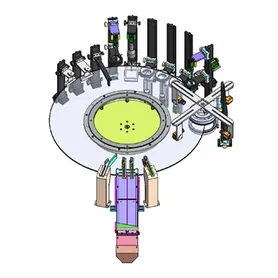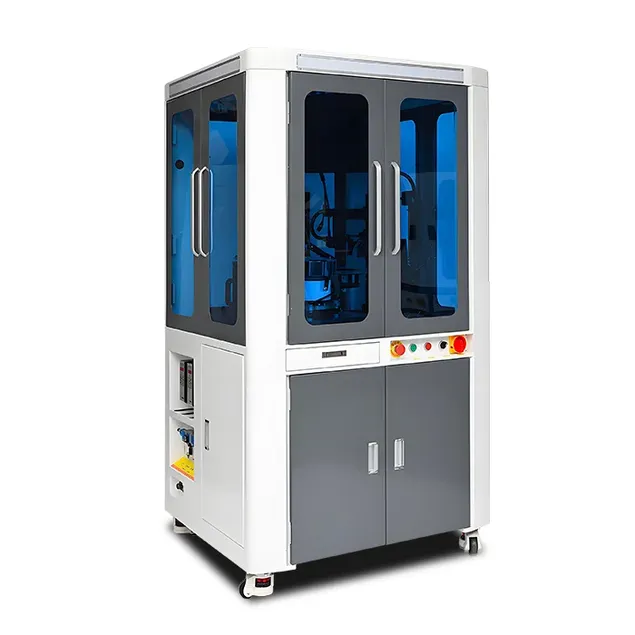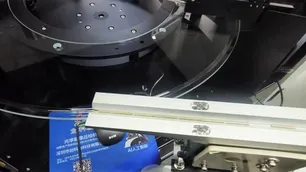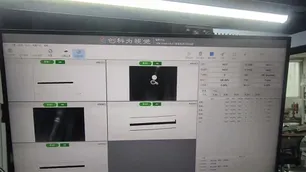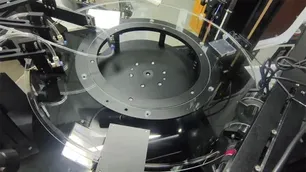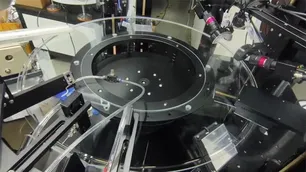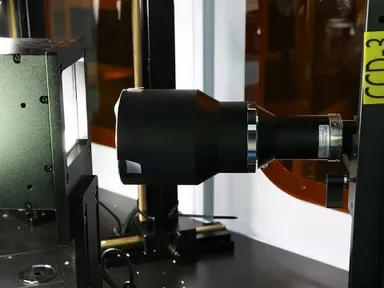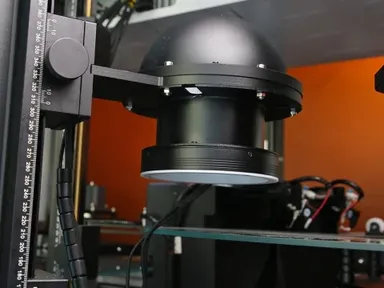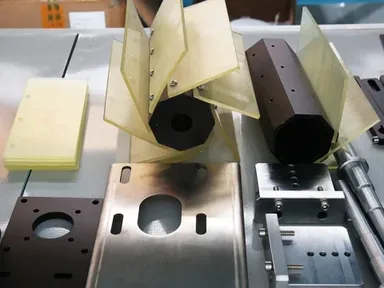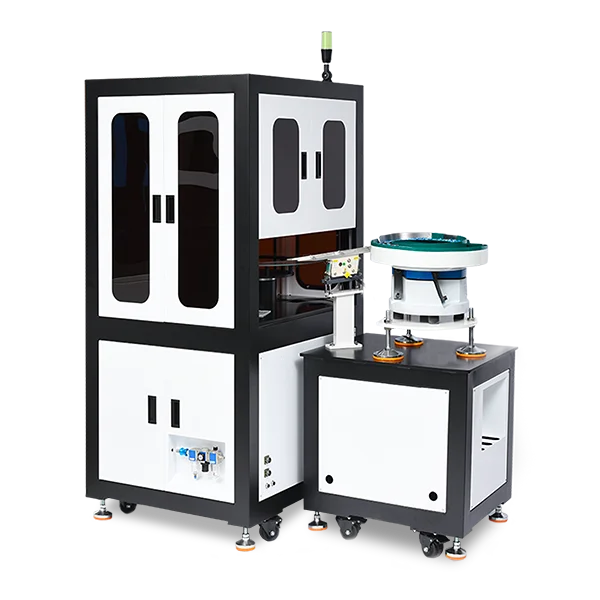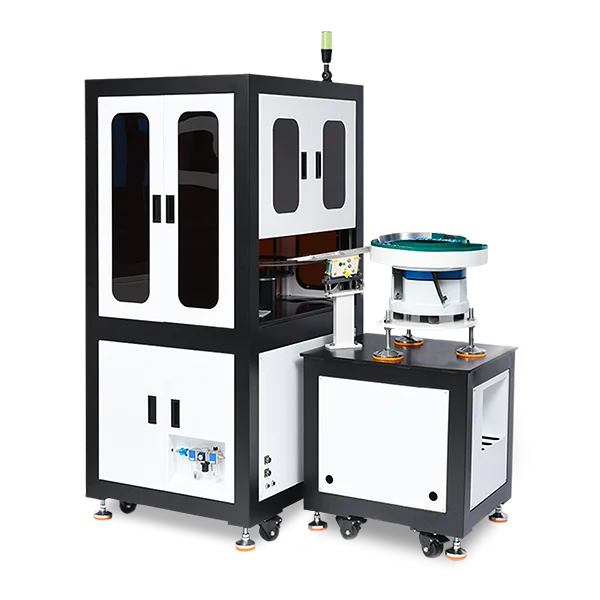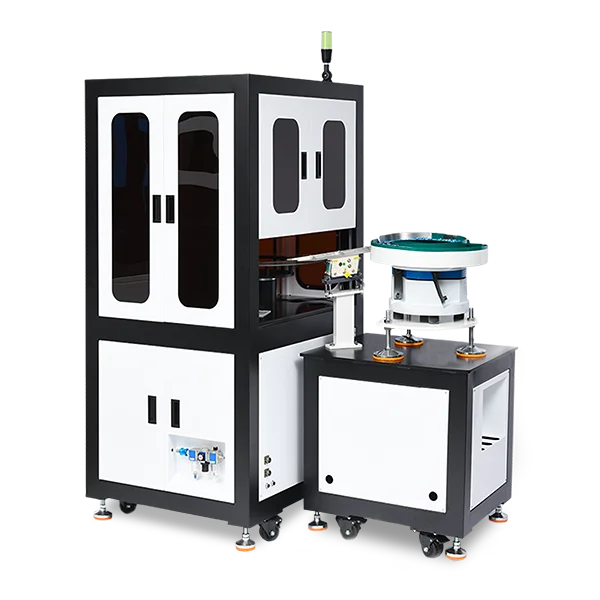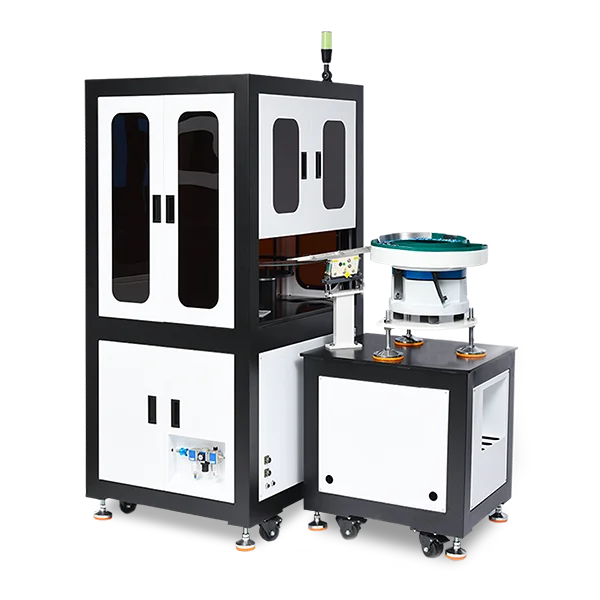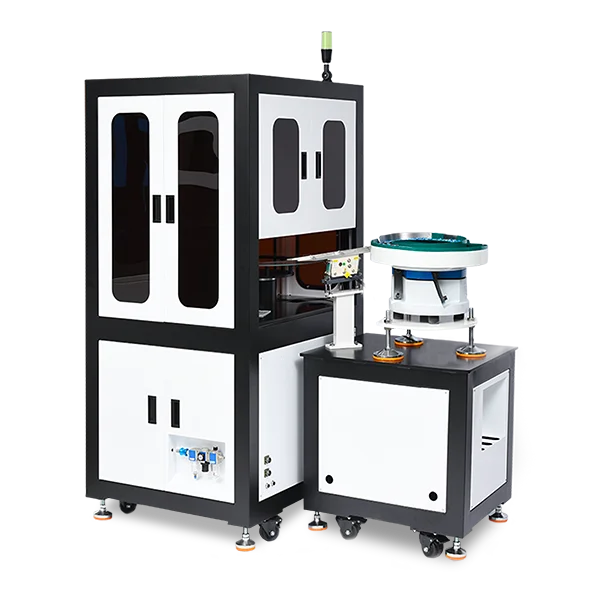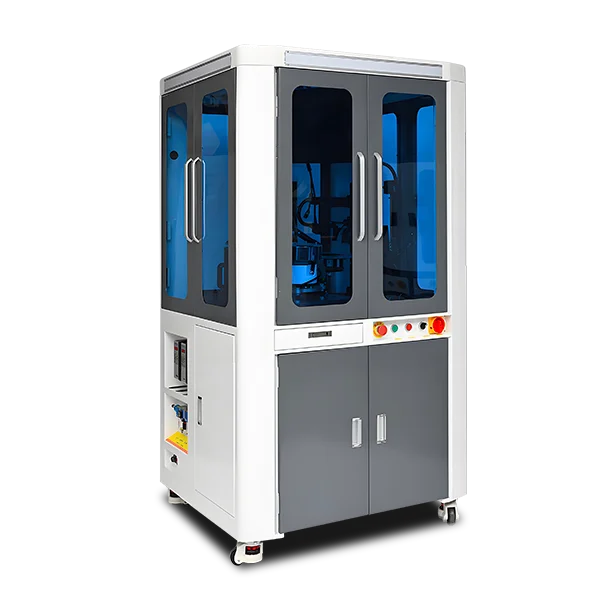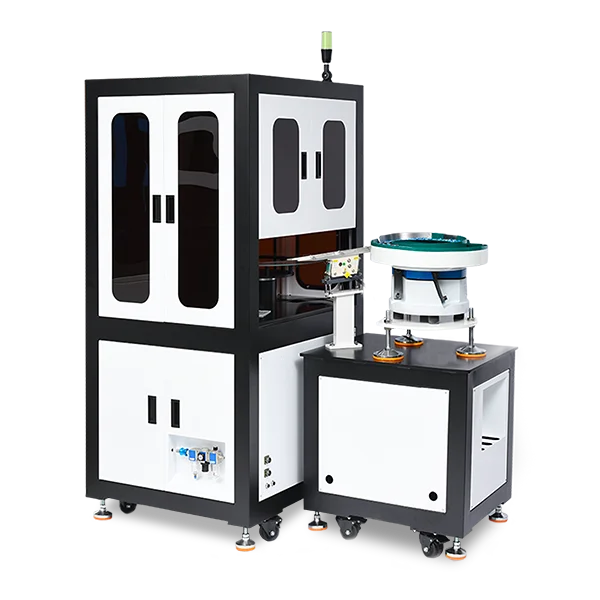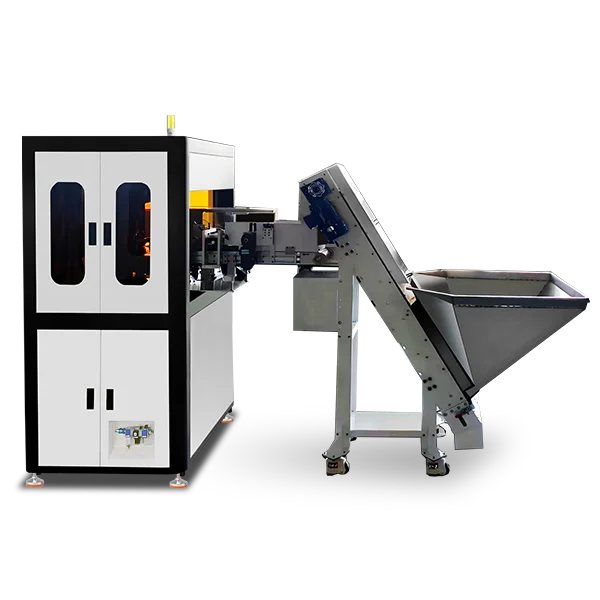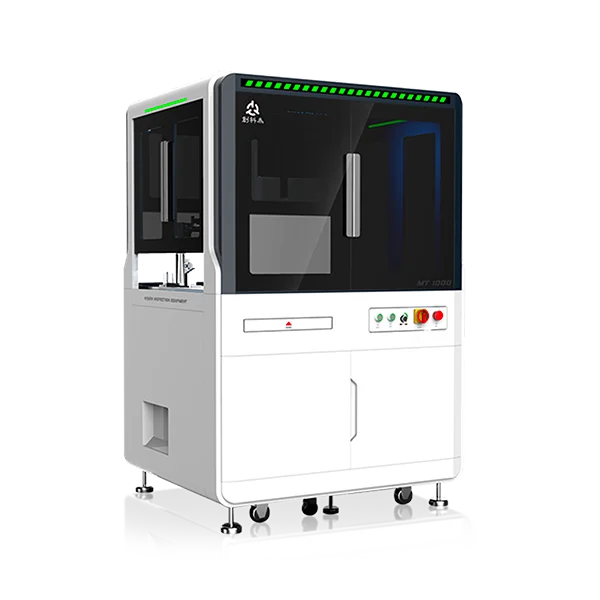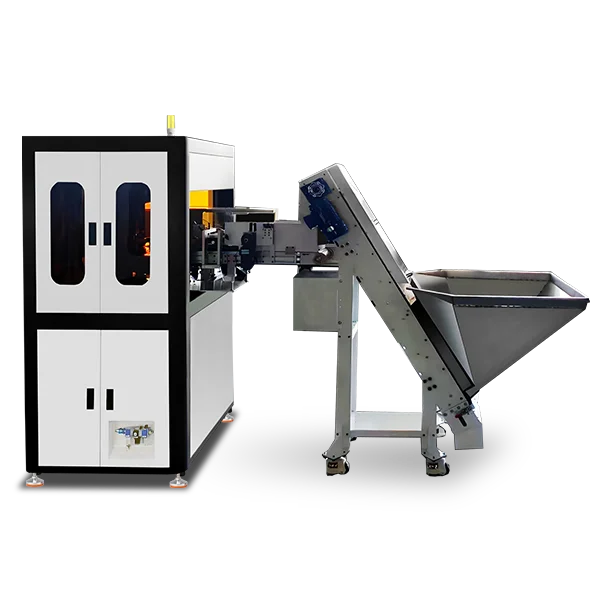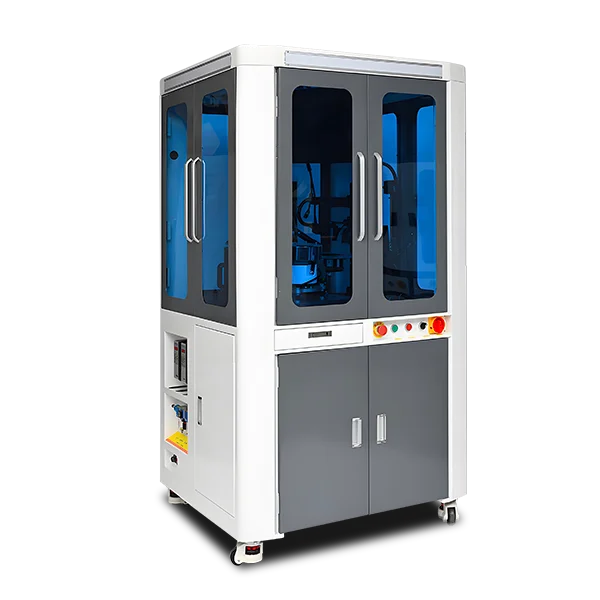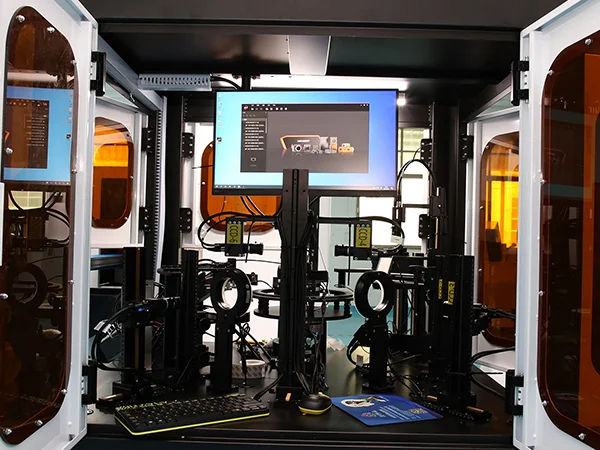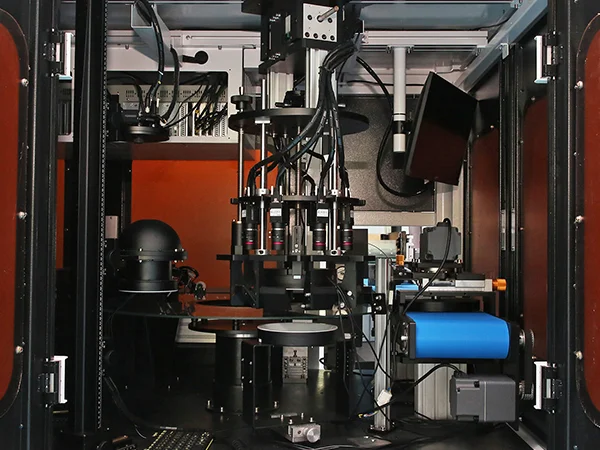Terminal Vision Inspection Machine
Optical sorting machine with 6 CCD cameras for measuring dimensions and detecting defects of terminals
Terminal Vision Inspection Machine
Optical sorting machine with 6 CCD cameras for measuring dimensions and detecting defects of terminals
Achieve reliable inspection of soldering terminals with the terminal vision inspection machine, designed for dimensional measurement and surface flaw detection in high-precision parts. Featuring vibration bowl feeding, AI-powered visual inspection software, and 6 CCD industrial cameras, this system ensures steady throughput and consistent quality results.
This optical sorting machine inspects key dimensions such as pin pitch (foot distance) and verifies compliance with technical drawings. It also identifies surface issues like threaded hole burrs or missing threads. Operating at a detection speed of 200 pcs/min with a measurement precision of ±0.01 mm, the terminal vision inspection machine is built for fast, accurate, and repeatable inspections.
Let’s discuss how this solution can strengthen your terminal manufacturing process with dependable, automated inspection.
Request a Quote

